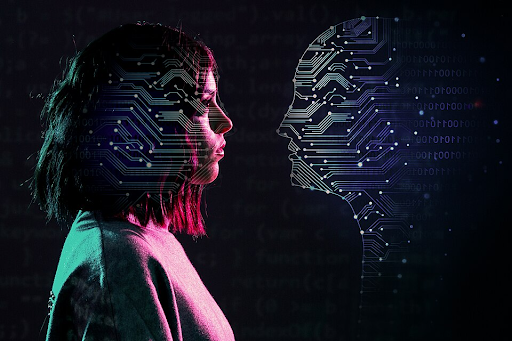The recent success of an artificial intelligence in a global forecasting competition has presented human professionals with a fundamental dilemma: should they view AI as a rival to be beaten or as a partner to be embraced? The consensus, from industry leaders to the competitors themselves, is increasingly pointing towards collaboration.
This dilemma was brought into sharp focus by the Metaculus Cup, where the British AI system ManticAI placed eighth, outperforming many of its human counterparts. For some, like professional forecaster Ben Shindel, the initial reaction was the “weird feeling” of being outranked by a machine, highlighting the competitive threat.
However, a more strategic view is emerging. Warren Hatch, CEO of forecasting firm Good Judgment, stated the case for collaboration plainly: “The answer isn’t human or AI, but instead human and AI to get the best forecast possible.” This perspective acknowledges that humans and AI have complementary skills. AI offers speed and scale, while humans provide judgment and contextual understanding.
This collaborative approach is not just a theory; it’s a practical strategy for survival and success. Human forecaster Lubos Saloky, who finished third in the competition, put it bluntly: “I do not plan to retire. If you can’t beat them, merge with them.” This captures the pragmatic choice facing experts in a growing number of fields.
The forecaster’s dilemma, therefore, has a clear and compelling solution. While the instinct may be to compete, the path to greater accuracy and professional relevance lies in partnership. The future of expertise is not about being smarter than the machine, but about being smart with the machine.

